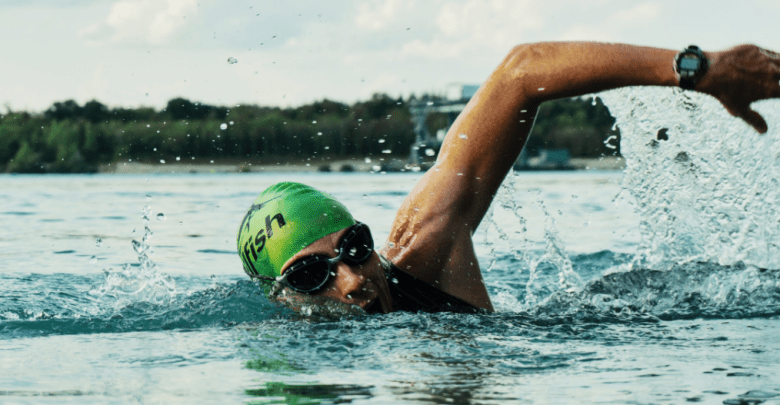Fewer meters and more swimming quality to train in your competition rhythm: ULTRA SHORT TRAINING
UST (ULTRA SHORT TRAINING) OR USRPT (ULTRA SHORT RACE-PACE TRAINING) IN SWIMMING

What is the use of a Short-term training at the pace of competition (USRPT)?
The short duration training at the rhythm of competition (USRPT) can be of great help for the triathlon. This method was developed by Dr. Brent Rushall in order to carry out trainings that had the greatest possible transfer and similarity to the real situation of competition that the swimmers live, both in the physiological demand and in the movement patterns.
What do you get with this training?
In order to carry out this type of training, Short-term efforts at the pace of the objective test with brief breaks. This form of training does not neglect the aerobic system, because repetitions and brief breaks stimulate the slow-twitch aerobic muscle fibers more than the traditional aerobic series, it converts a substantial percentage of fast-shrinking anaerobic fibers to the use of oxygen and binds oxygen to hemoglobin and myoglobin.
The final result of these physiological stimuli translates into a improvement of basic aerobic capacity and of the "oxidative capacity"Subordinate, getting greater resistance to speed.
Recommendations for training
To carry out this type of training the following recommendations must be respected:
- Perform the rhythm and style of the competition test
- Use distances from 25 to 100 meters Progressive form as experience in training increases
- Perform breaks between sets of 15 to 20 seconds, arriving at the 30 seconds as much.
- Make a number of repetitions of between 4 and 6 times the competition distance
- Perform active recovery
- Stop when the fixed mark is not achieved as an objective, so that we do not reach maximum exhaustion.
Training example
If we wanted to apply it to work the average rhythm of the 800 - 1000 meters, we could start with trainings like the one we propose below and increase the repetitions:
- Heating: 400 meters
- 300 meters varied kick
- USRPT: 20 × 100 / 20 "crawl to pace of the 800 meters test
- 200 meters recovery
It may not be an efficient or practical method to train the pace of a medium or long distance triathlon as a whole, but to achieve a stable swim rhythm that we can maintain throughout the target distance. We encourage you to try this type of training with some frequency to observe the progress in your swimming rhythm.
Laura García Cervantes
Dra. Science of Physical Activity and Sport
Triathlon and Swimming Senior Trainer
Paratriathlon Specialist Trainer
References
Rushall, BS Swimming energy training in the 21st century: the justification for radical changes (Second Edition). Swimming Science Bulletin, 39. (coachsci.sdsu.edu/swim/bullets/energy39.pdf)
Thompson, Daniel O., III. Revolution in swimming: Ultra-Short Race-Pace Training (Version 2.0). Swimming Science Bulletin, 40a. (coachsci.sdsu.edu/swim/bullets/ultra40a.pdf)
Rushall, BS Relevant training effects in swimming pool: Ultra-Short Race-Pace Training (Revised). Swimming Science Bulletin, 40b. (coachsci.sdsu.edu/swim/bullets/ultra40b.pdf)
There are no previous results.




























